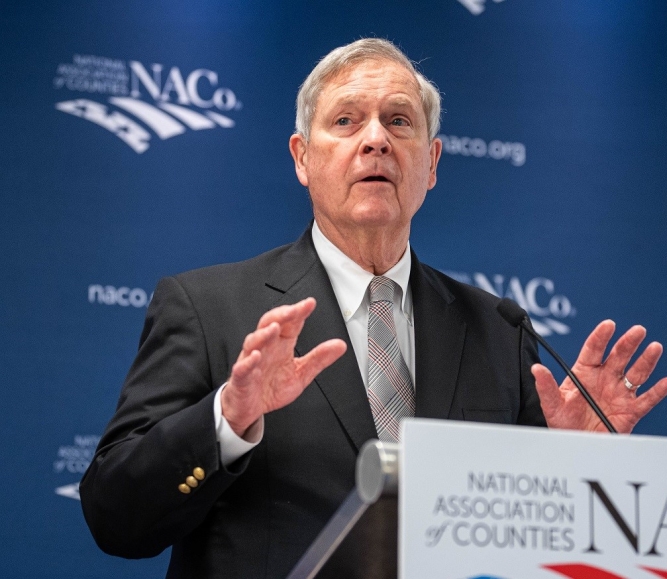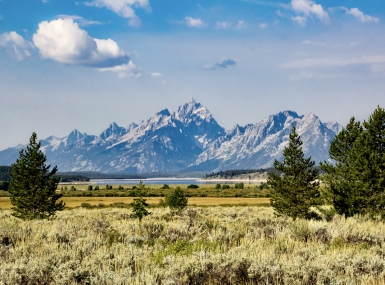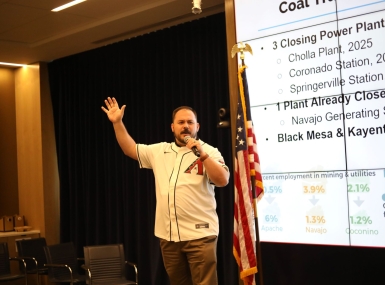USDA secretary charts new course for small farms

Key Takeaways
For too long, the decline of American small- and mid-sized farming has been expected, tolerated and rationalized even by secretaries of agriculture. Tom Vilsack says “no more.”
Vilsack, in his second stint as secretary of agriculture, directed the Rural Action Caucus’ attention Sunday to decades when agricultural policies focused on pure volume transitioned to a market-based approach over 50 years. Since 1981, narrow agricultural profit margins drove 437,300 small- and mid-sized farms out of business. The area of those farms has totaled 141 million acres, and the consequences have touched school systems, manufacturing sectors, businesses related to farms and more.
“Many of the problems that you're faced with today are directly linked to the fact that we have failed to recognize the important role of small- and mid-sized farming operations in the survival and the value system of rural communities,” Vilsack said.
Though the farm bill will offer significant benefits, Vilsack said the shift in mindset through the Agriculture Department’s Partnerships for Climate-Smart Commodities will set small-to-mid-sized farmers up for sustained growth and security. The program offers incentives, including cash assistance and access to specialized markets that cater to independent farms. A total of $3.1 billion is working through 141 different projects across every state.
Vilsack argued that small- and mid-sized farms shouldn’t view the farm bill as a savior.
“The debate of the farm bill today is on reference prices — prices that set the amount of level support to the department has to give for farmers at a time when times are tough, this year maybe one of those times — reference prices helped a subset of the farming community, primarily the large markers. It doesn't provide a great deal of help to small and mid-sized farmers.
“We still need to produce food for the world, we still need export, but we also need to figure out ways that to keep people on farms.”
It could mean industries paying farmers for carbon sequestration programs. It could mean converting agricultural waste into a variety of new products, including sustainable aviation fuel.
Strengthening local food networks can not only reduce carbon emissions from transporting food, but it would eliminate intermediaries that siphon off the proceeds from a sale. That can boost the farmer’s proceeds to 50%-75% from roughly 7% from a sale at a grocery store.
“If you produce local regional food systems, you create the opportunity for that farmer,” Vilsack said.
“We have provided commissioners, secretaries and directors of agriculture in every state millions of dollars that they can now invest in expanded processing capacity and expanded local purchasing opportunities.”
And the recent reversal of out-migration from rural areas, bucking a long-term trend before the COVID-19 pandemic, gives Vilsack the confidence that those areas will have the population to power a mid-sized agricultural resurgence and in forming new markets for their produce.
“In the past, secretaries of agriculture have basically said you've got one option — you can get big or you can get out,” he said. “This administration believes that there's a second option for those small or mid-sized producers.”
County News
Economic opportunity awaits rural and urban farmers, says USDA Sec. Vilsack

Related News

House Passes Historic Outdoor Recreation Legislation
The U.S. House passed the bipartisan EXPLORE Act (H.R.6492) on April 9 to boost outdoor recreation opportunities on public lands and aid local economies

White House OMB releases final revisions federal Uniform Guidance (2 CFR Part 200)
The White House OMB released final revisions to the federal Uniform Guidance that outline compliance and reporting requirements for federal financial assistance.

Coal counties search for a crystal ball to their futures
The transition from a coal-reliant community is not just an economic adjustment, it's a cultural transformation.
